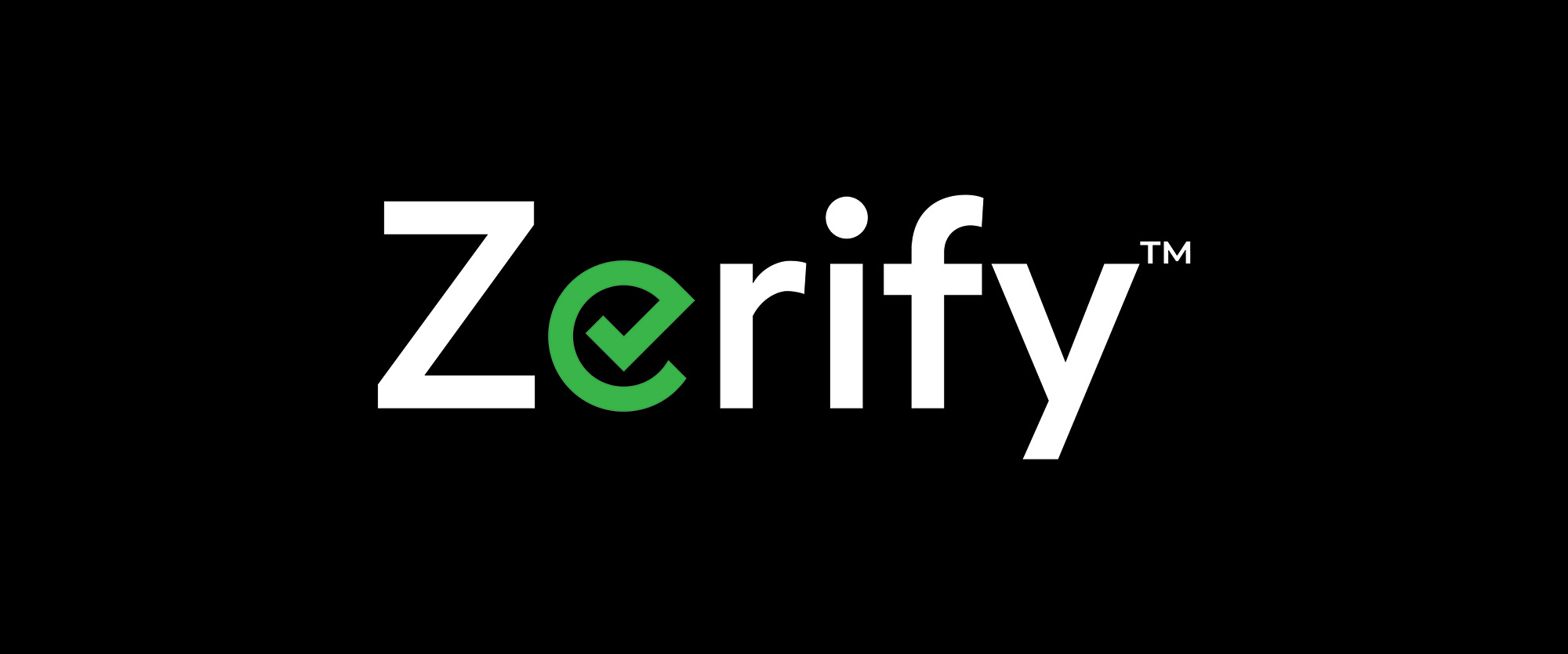
Secure business communications are essential for protecting your company’s confidential data. However, when it comes to security, many businesses aren’t sure how to completely and properly protect their communication channels.
Our team at Zerify has developed one of the most secure video conferencing solutions on the market and is here to help you understand everything you need to know about keeping your communications and data away from prying eyes, threat actors, and cybersecurity threats.
Today, we’re going to walk you through some practical steps on how to assess and improve the cybersecurity of your organization’s various communication channels.
What are Your Communication Channels?
First, you want to establish a complete list of all your internal and external communication channels. You can’t completely secure your business communications unless you have a complete list of all the available communication infrastructures.
Once you have a list of those channels, start reviewing their security features. You may find that your favorite collaboration tools lack the necessary security your company needs to protect your internal teams, clients or patients, and confidential data.
Protect Your Business Communications with a Secure Messaging App
Messaging systems like Slack are some of the most widely used communications tools in today’s workforce.
Your business likely already uses a secure encrypted messaging app for instant messaging, such as
• Signal
• Wire
• Telegram
Secure messaging apps can help to protect the confidentiality of your messages by encrypting them before they travel across a network.
Use End-to-End Encryption When Possible
End-to-end encryption is the preferred encryption method. It only allows the transfer of data between the sender and receiver. No third parties (including hackers) can access the data.
We recommend verifying all of your frequently used communication methods use end-to-end encryption.
Make Sure All Devices and Accounts are Password-Protected
Password protection is your first line of defense in secure communication.
Be sure all your business devices and accounts are password-protected.
This will help secure your confidential data from unauthorized access and protect it from any malicious external threats.
Do Not Share Passwords
Never share passwords over email, text messages, or other communication apps. If you do, even the most trusted communication platforms can become a security risk.
Instead, consider a secure password-sharing service such as LastPass. LastPass and similar software can help you share passwords within your business discreetly, so that others at your organization can use a shared password without seeing what the password is.
That way, they can’t share the password outside of your business or change a password without your approval.
Create Hard-to-Crack Passwords
It’s important to create passwords that are difficult to crack.
The best passwords:
• Do not include personal data, especially anything that can be easily found (i.e., names of family members, addresses, phone numbers, birthdays or anniversaries, etc.)
• Are not repeated and used on other websites and platforms
• Include a mixture of numbers, characters, and uppercase and lowercase letters
Another helpful feature of LastPass, 1Password, NordPass, and OneLogin is they can help you generate unique, hard-to-crack passwords for you and your entire organization.
Use Two-Factor Authentication (2FA)
Two-factor authentication provides a critical additional layer of protection against cybersecurity threats. While many businesses treat 2FA like an optional security feature, security experts argue that it’s essential.
For example, without 2FA, all a threat actor or hacker needs to do is crack your password to gain access to your email. If you reuse that same password, they may even gain access to other accounts and sensitive information.
But if you’ve set up two-factor authentication on your email service, the hacker’s attempted breach will trigger 2FA –– a text message, call, mobile device prompt, or authentication code to your phone to verify if the user attempting to gain access is you.
Two-Factor authentication can send you one-time use passcodes and a recommendation to change your password if you weren’t the one trying to log in.
In recent reports (1), Google found that a simple 2FA, one-time use text-based passcodes prevented
• 100% of bots attempting to gain access to accounts.
• 96% of bulk phishing attacks
• And 76% of targeted attacks
In circumstances when users used more advanced methods of 2FA, such as where they perform a second step of authentication through an on-device prompt, Google noted this blocked
• 100% of bots
• 99% of bulk phishing attacks
• And 90% of targeted attacks.
With something as simple as a text, phone call, or authenticator application that can enhance security and alert unsuspecting users to attempted data breaches, 2FA should be a required component of business security infrastructures.
Zerify’s secure video conferencing solutions use multiple types of authentication methods, including:
• Text and one-time use passcodes
• Out-of-band phone authentication
• Push authentication
• Biometric authentication
The data shows these methods provide verifiably greater protection for your business communications.
Establish Clear Security Policies and Protocols
Failing to create and define security policies and protocols for your workplace is a recipe for disaster.
Your security policies should be a key part of employee contracts and agreements.
For some industries, it may also make sense to include security policies in client contracts to ensure all parties are compliant with your security measures and standards.
If employees (or clients) have questions or concerns regarding the policies, make sure they feel comfortable asking those questions, and also that they fully understand the business communications security policy.
Restrict Access to Sensitive Information and Data Only to Authorized Personnel
The best and most effective security policies and systems are multilayered.
If some employees don’t need to use data like personally identifiable information, then there’s no need for them to access it.
When it comes to ensuring the security of sensitive data, you don’t want too many cooks in the kitchen. The more people who can access that data, the greater the security risks.
Zerify’s secure video conferencing solutions make it easy to set up authorization and special permission levels for your next conference call.
Train Your Staff to Follow Best Security Practices
Once you’ve made sure that all your employees are aware of your business’s secure communications protocols, it’s time to start security training.
You need to educate your employees about the best practices for using all communication tools securely. This is especially important for employees who work from home and use devices for both personal and business needs, as they may be more susceptible to malware or phishing.
Fortify with Zerify
To learn more about how Zerify is changing the way video conferencing platforms safeguard and secure data, contact us today.
Resources
“Is Multifactor Authentication Less Effective than it Used to Be?” – Slate


